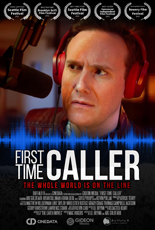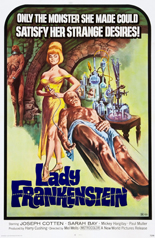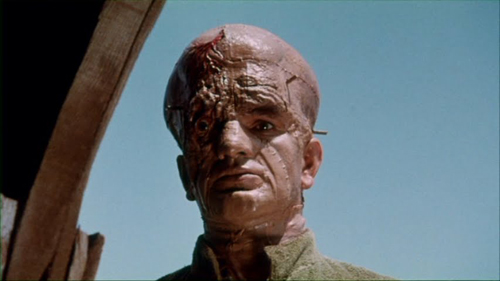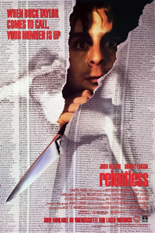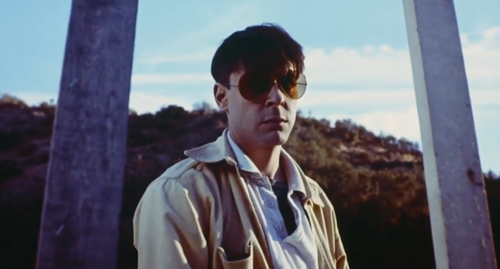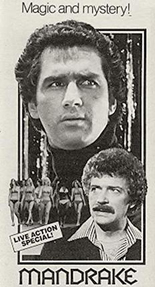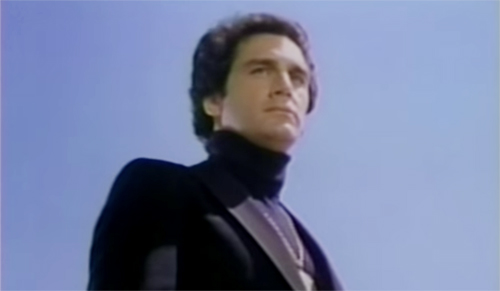
Allow me to save you a trip to Google: Not a typo, a “childe” is the son of noble birth. In the case of Marco, the young man at the center of South Korea’s The Childe, he’s an amateur boxer in the Philippines. Just a poor boy though his story’s seldom told, the 24-year-old fights to earn enough to pay for his ailing mother’s surgery.
A miracle seemingly arrives when Marco is summoned to Korea by the father he’s never known, an über-wealthy tycoon who wants to foot the medical bills.
So what’s the catch? Cute that you think one exists … because many do, each aiming to kill Marco. Key among them are his own — albeit heretofore unknown — brother (Kim Kang-woo, Doomsday Book) and a mysterious assassin (Kim Seon-Ho).

Laden with surprises, misdirects and other on-your-toes keepers, The Childe is one of those pics where the less story you know going in, the more rewards you reap. That stands to reason since its writer/director, Park Hoon-Jung, previously gifted the world with the diabolic screenplay to I Saw the Devil, a modern classic of crime cinema. Although not up to that vaulted pedestal, The Childe excites and entertains with a breathless rush of action. Hoon-Jung (The Witch: Part 2 — The Other One) stages both foot pursuits and car chases with elegance, then one-ups himself with a 30-minute showdown in one wing of Dad’s mansion — all while a comatose body lie behind the shooters in a makeshift operating room.
Newcomer Kang Tae-Ju may be the movie’s protagonist, but the true star is the magnetic Seon-Ho, a K-drama heartthrob in, unbelievably, just his first feature. His hitman character is a psychopath with a Joker-esque smile, no scruples and such confidence, you know the guy is dangerous, but aren’t sure how dangerous. That only makes him more terrifying, putting the chill in The Childe. His performance would be reason enough to view if Hoon-Jung’s film were bereft of thrills. Lucky for all involved (you included), it’s not. —Rod Lott


